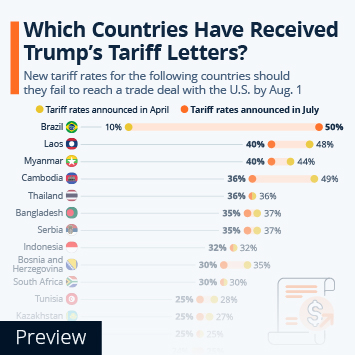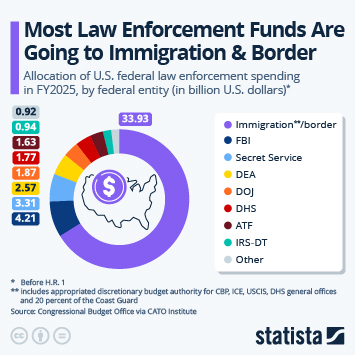With little time to go until the pause on U.S. tariffs expires on July 9, India and the United States are looking to reach a last-minute trade deal. However, both sides have had issues to agree on a couple of sticking points, including market access in India which is often fiercely protected by the country. Other problematic points include Indian non-tariff barriers and tariffs on steel imports to the U.S.
According to the BBC, U.S. President Donald Trump has said that the trade deal would "open up" the Indian market, but India might still disagree. As with other large developing countries, the U.S. is looking to sell its maize, soy, corn and similar products to India in larger quantities. The Phase One deal with China that ended the countries' trade war in 2020, for example, included concessions by China to buy more U.S. agricultural goods, which the county has been doing. But in India, complex legislation and rules around farm products complicate things, for example minimum support prices guaranteed to some farmers through public procurement.
In reality, the trade deficit in agricultural goods and foodstuff is one of the largest between India and the U.S. in relative terms, with Indian exports to the U.S. more than 400 percent larger than U.S. exports to India in the sector. This is only surpassed by the relative trade deficit in India's favor for precious metals, due to the country's strong trade in gems. The largest trade deficit in favor of the U.S. was in weapons, with India having been one of the world's biggest importer of arms in the world for years.
Given the circumstances, experts believe that the two countries are more likely to reach a limited deal rather than a full-fledged trade agreement. The deal could include India giving more access on industrial goods and some limited concessions on farm products. Indian purchases of oil, aircraft and weapons could also be included as could be rule changes for American retailers.





















